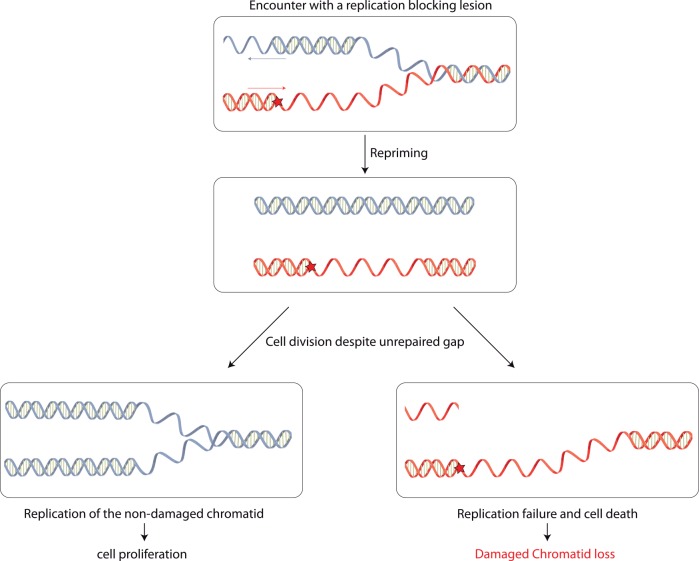Fig 4. Model for damaged chromatid loss event.
After encountering a DNA replication-blocking lesion, either in the leading or in the lagging strand, the replication fork is able to restart behind the lesion to resume replication. The gap left opposite the lesion will be filled in by HDGR mechanism (or by TLS). However, when HDGR fails or when homologous recombination is impaired, as in a recF- strain, or completely abolished, as in a recA- strain, the gap will not be repaired. Despite the presence of such unrepaired gap, cells keep dividing: the daughter cell that inherits the lesion and the unrepaired gap will die, while the daughter cell stemming from the replication of the undamaged chromatid will survive.

